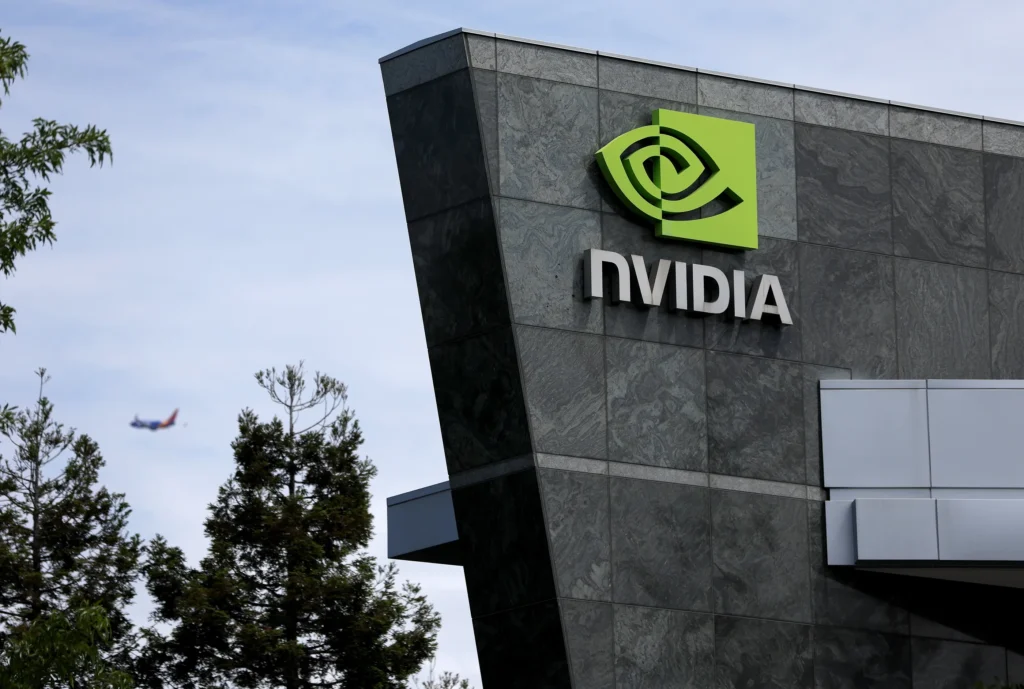Big announcements came out of the Computex conference this year from chip giants Nvidia and AMD. Nvidia’s CEO, Jensen Huang, unveiled details about their next-generation AI chip platform codenamed “Rubin.” This announcement seems to be part of Nvidia’s established yearly product release cycle, but analysts are more interested in the company’s bigger move: a shift from just selling chips and boards to offering entire server systems. These new systems will integrate networking capabilities alongside CPUs and GPUs in a single, unified hardware stack.
While Huang remained tight-lipped about the specifics of Rubin, analysts predict a significant performance jump and a hefty boost in memory bandwidth. This aligns with Nvidia’s position as a frontrunner in the nascent field of generative AI, a technology with immense potential. John Vinh, a tech analyst from KeyBanc Capital Markets, emphasized that the industry is still in its “very early stages” when it comes to generative AI. In this context, Nvidia’s architectural advancements seem particularly exciting, especially compared to what their competitors are offering.
Vinh points out that AMD also made an announcement at Computex, likely regarding a new AI processor. However, he suggests it’s more of an incremental upgrade compared to the potentially revolutionary Rubin platform. Nvidia seems to be taking a much bolder approach, with substantial shifts in architecture that could position them as leaders in the coming wave of AI development.
The analyst community is buzzing with anticipation about Nvidia’s Rubin platform. While details remain under wraps, experts believe it represents a significant leap forward. This focus on complete server systems with integrated networking hints at Nvidia’s long-term vision for the AI hardware landscape. With generative AI poised for explosive growth, Nvidia’s strategic moves could solidify their dominance in this crucial market segment.
It’s important to remember that this is just a snapshot of the analyst’s perspective. For a more comprehensive understanding of the announcements and their potential impact, you’ll want to delve deeper. The full episode of Market Domination Overtime, where Vinh delivers his insights, is likely a valuable resource for anyone interested in the future of AI hardware and the ongoing battle for supremacy between Nvidia and AMD.
Intriguing as Rubin may be, Huang remained tight-lipped about its specifics. This, however, couldn’t dampen the analyst fire. They predicted a seismic performance jump for Rubin, coupled with a substantial boost in memory bandwidth. This aligns perfectly with Nvidia’s current position as a frontrunner in the nascent field of generative AI, a technology with the potential to reshape our world. John Vinh, a tech analyst from KeyBanc Capital Markets, weighed in, emphasizing that the industry is still in its “very early stages” when it comes to generative AI. In this context, Nvidia’s architectural advancements take on a whole new level of significance, especially when compared to what their competitors are bringing to the table.
Vinh shed light on AMD’s Computex announcement as well, hinting at a new AI processor launch. However, he tempered expectations, suggesting it might be more of an incremental upgrade compared to the potentially revolutionary Rubin platform. Nvidia appears to be taking a much bolder approach, with substantial shifts in architecture that could propel them to the forefront of the coming AI wave.
The analyst community is abuzz with excitement about Nvidia’s Rubin platform. While details remain shrouded in secrecy, experts believe it represents a quantum leap forward. This focus on complete server systems with integrated networking hints at Nvidia’s long-term vision for the AI hardware landscape. With generative AI on the cusp of explosive growth, Nvidia’s strategic moves could solidify their dominance in this crucial market segment.
But remember, this is just a glimpse into the analyst’s perspective. To truly grasp the weight of these announcements and their potential ripple effects, a deeper dive is necessary. The full episode of Market Domination Overtime, where Vinh delivers his insights, is likely a treasure trove of information for anyone interested in the future of AI hardware and the ongoing battle for supremacy between Nvidia and AMD. Here, industry experts will dissect these announcements, analyze market trends, and perhaps even offer predictions about the path this AI arms race will take. So, buckle up and get ready for a thrilling ride into the future of artificial intelligence.
If you like the article please follow on THE UBJ.
